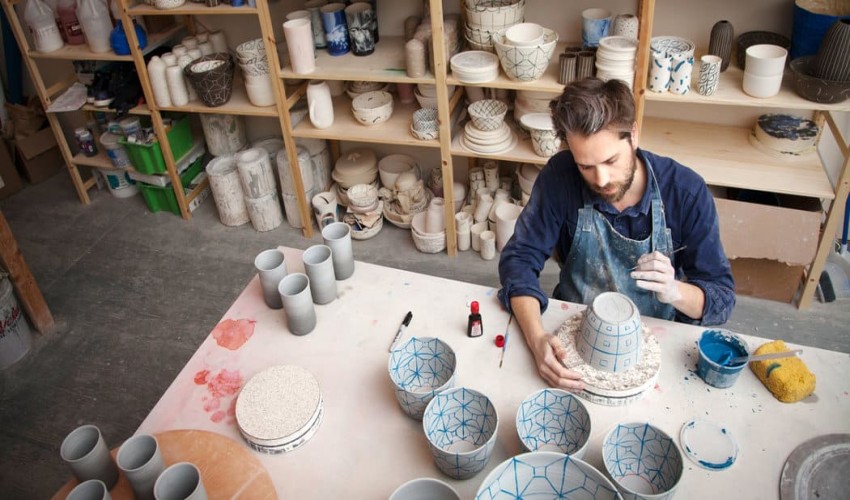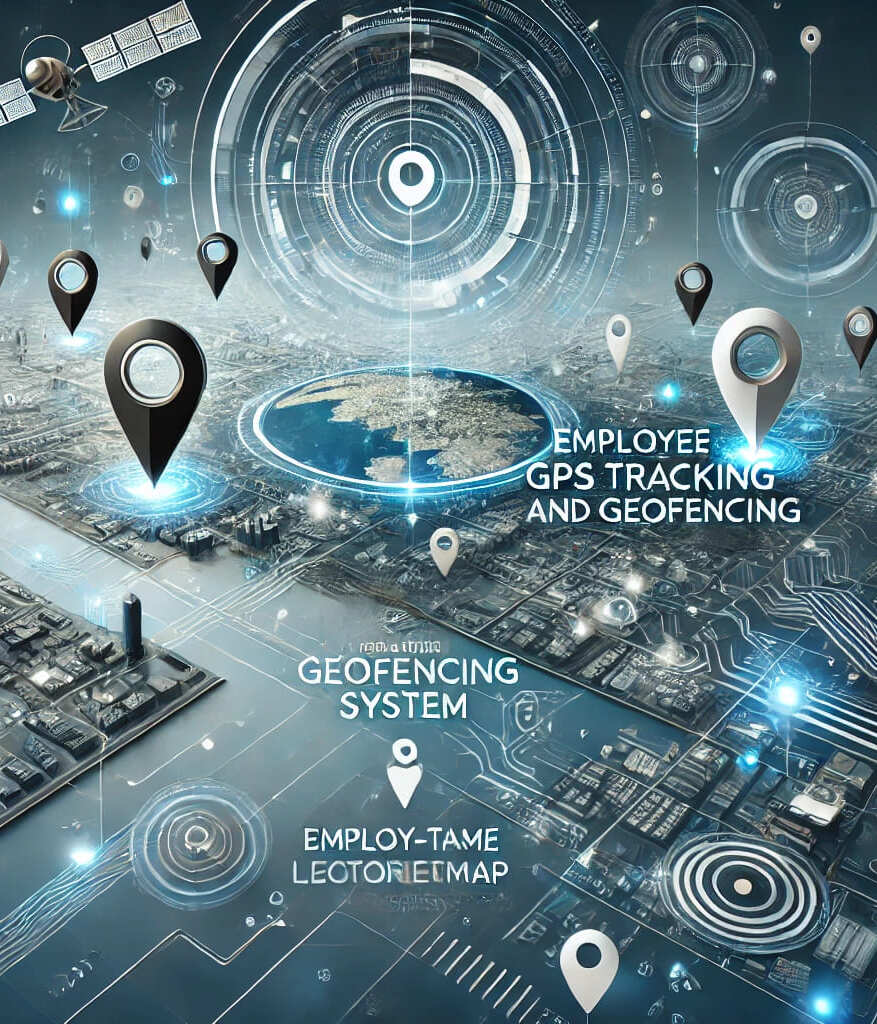
Ceramic Technology
A ceramic is a solid material comprising an inorganic
compound of metal or metalloid and non-metal with ionic or covalent bonds.
Common examples are earthenware, porcelain, and brick.
The crystallinity of ceramic materials ranges from highly
oriented to semi-crystalline, vitrified, and often completely amorphous (e.g.,
glasses). Most often, fired ceramics are either vitrified or semi-vitrified as
is the case with earthenware, stoneware, and porcelain. Varying crystallinity
and electron composition in the ionic and covalent bonds cause most ceramic
materials to be good thermal and electrical insulators (extensively researched
in ceramic engineering). With such a large range of possible options for the
composition/structure of a ceramic (e.g. nearly all of the elements, nearly all
types of bonding, and all levels of crystallinity), the breadth of the subject
is vast, and identifiable attributes (e.g. hardness, toughness, electrical
conductivity, etc.) are difficult to specify for the group as a whole. General
properties such as high melting temperature, high hardness, poor conductivity,
high moduli of elasticity, chemical resistance and low ductility are the norm,
with known exceptions to each of these rules (e.g. piezoelectric ceramics,
glass transition temperature, superconductive ceramics, etc.). Many composites,
such as fiberglass and carbon fiber, while containing ceramic materials, are
not considered to be part of the ceramic family.
The earliest ceramics made by humans were pottery objects (i.e. pots or vessels) or figurines made from clay, either by itself or mixed with other materials like silica, hardened and sintered in fire. Later ceramics were glazed and fired to create smooth, colored surfaces, decreasing porosity through the use of glassy, amorphous ceramic coatings on top of the crystalline ceramic substrates. Ceramics now include domestic, industrial and building products, as well as a wide range of ceramic art. In the 20th century, new ceramic materials were developed for use in advanced ceramic engineering, such as in semiconductors.
- Materials Science
- Structure and Properties of Ceramic Materials
- Mathematical
- Ceramic Raw Materials
- Ceramic Phase Diagrams and Phase Transformation
- Basic Ceramic Practices
- Heat and Mass Transfer
- Thermodynamics and Phase Equilibria in Ceramic
- Particle Mechanics and Fluid Flow Process
- Humanities
- Universal Human Values
- Techniques for Materials Characterization
- Process Calculations
- Glass and Glass Ceramics
- Ceramic Whitewares
- Advanced Ceramics
- Refractories
- Glass Engineering
- Nano Technology
- Fuel
- Furnace & Pyrometry
- Steel Plant Refractories
- Ceramic Composites
- Cement and Concrete
- Ceramic Coating & High Temperature Ceramic Processes
- Glass Technology & Application
- Industrial whitewares
- Advanced Electro-ceramics
- Bio-Ceramics
- Non-oxide Ceramics
- Refractories for Metallurgical and Allied Processes
- Advanced Electroceramics
- Magnetic Ceramics
- Sol-Gel Processing Techniques
- CAD and Modelling of Ceramic Systems
- Advanced Glass and Glass Ceramics
- Advanced Composites
- Shaped and Unshaped Refractories
- Energetic
- High-Temperature Ceramic Processing
- Ceramics in High-Tech Applications
- Special Topic and Laboratory in Ceramic Engineering I & II
- Techniques of Material Characterisation
- Friction and Wear of Materials.
- Bio Mems and Bio-Sensors
- Transport Phenomena
- X-Ray and Electron Microscopy
Recent Published
Submit Manuscript
To give your manuscript the best chance of publication, follow these policies and formatting guidelines.


